Irises: 'The next batch isn't even planted yet, but I am already excited about seeing them flowering next year'
John Hoyland, the gardens advisor at Glyndebourne, on how irises with 'elegance and delicacy' are a constant joy.
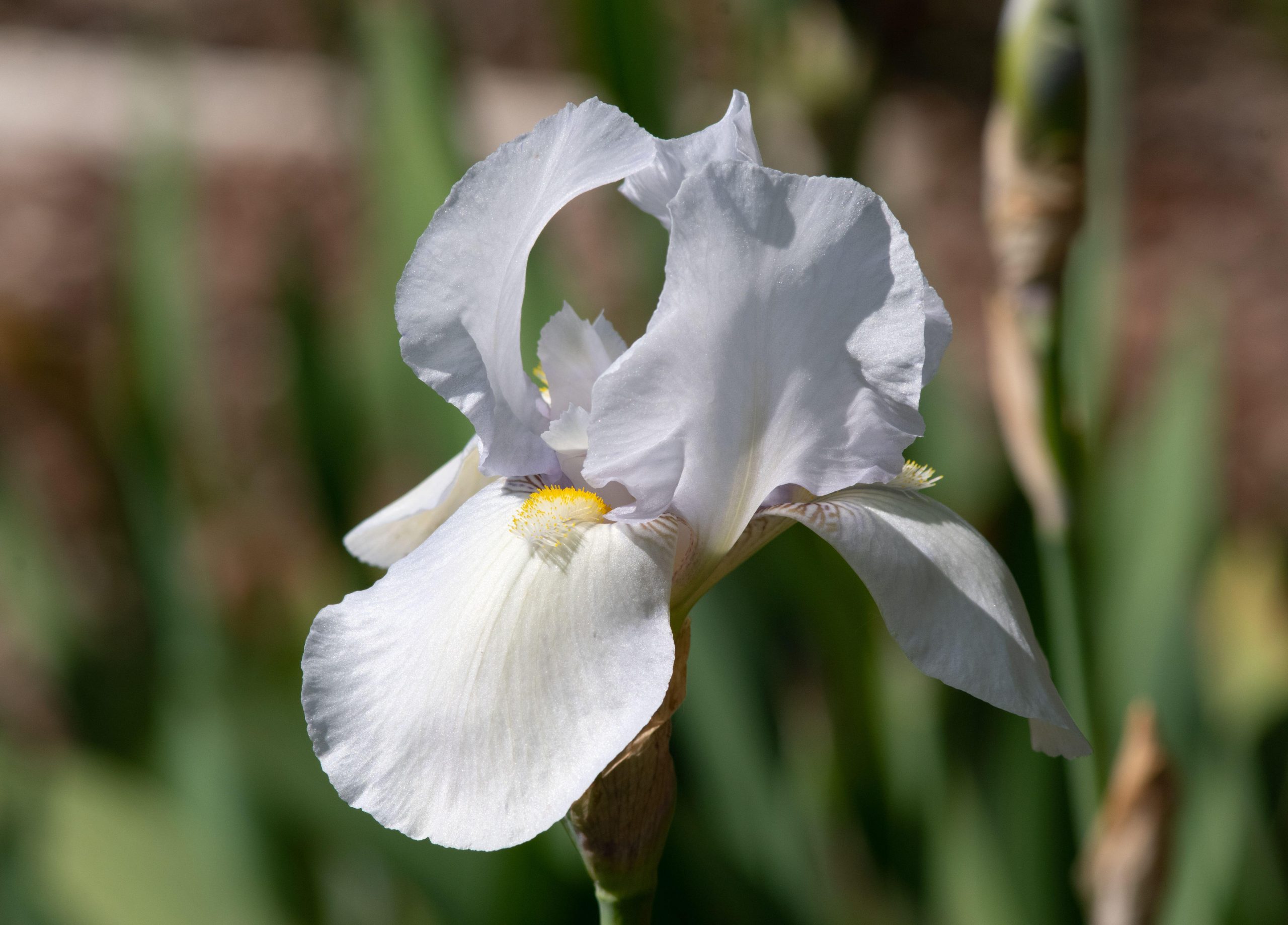
Wandering around the garden this week and seeing the tatty, browning and slug-ravaged foliage of the bearded irises, it is difficult to remember how thrilling they were only a few short months ago. The heatwave of last summer had baked the plants’ rhizomes, so that May and June of this year saw a dazzling display of iris flowers.
Irises have always had a strong presence at the RHS Chelsea Flower Show (they start to flower naturally in May, so growers don’t have to artificially force or hold back their plants). This year, they drew particular attention in the garden designed by Sarah Price, which was many people’s favourite show garden. The beautifully composed space was inspired by the artist and plant breeder Cedric Morris and displayed the irises he raised at his Suffolk home, Benton End, mostly in muted colours and often with speckled petals. Morris selected irises that had, in his words, ‘elegance and delicacy’.
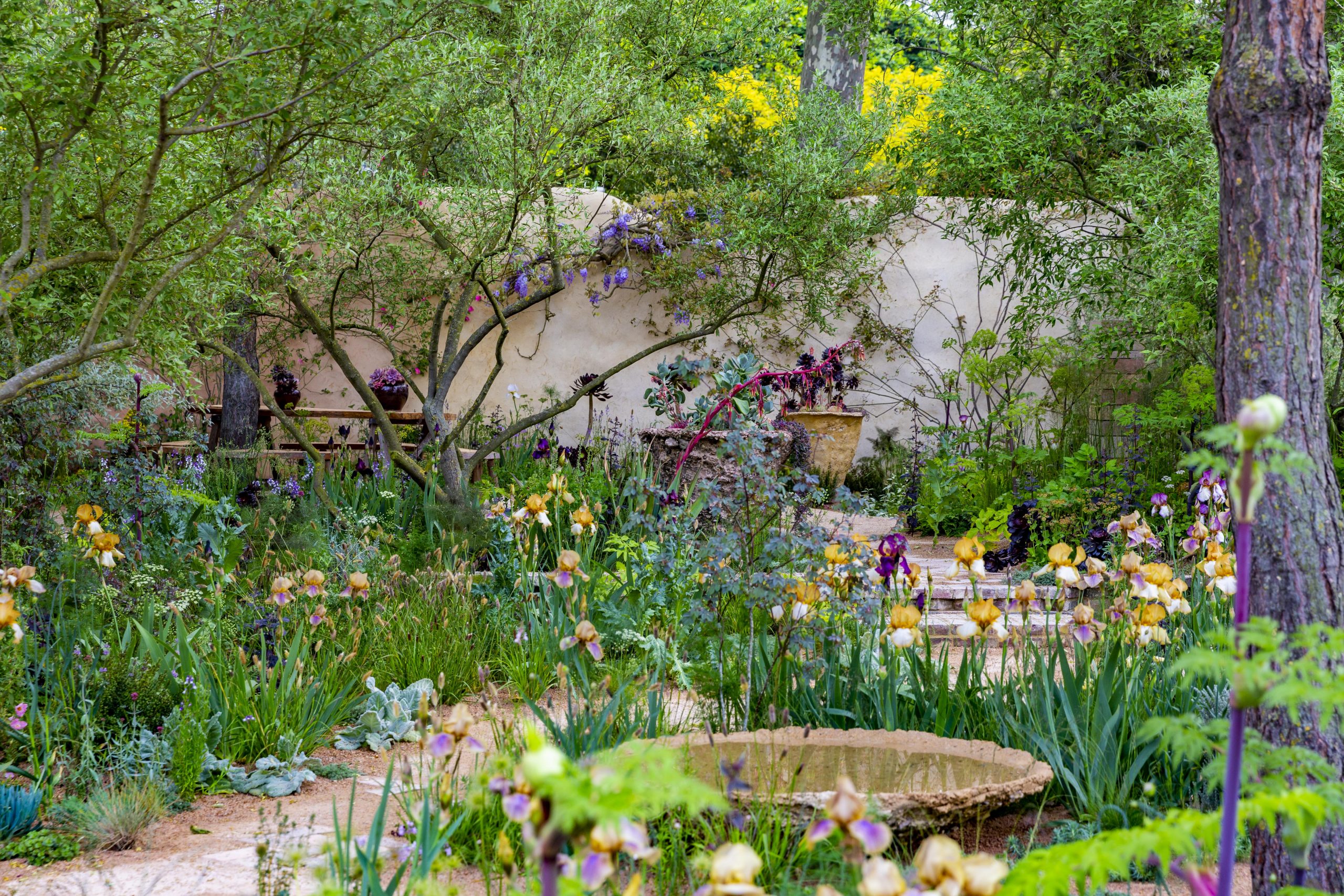
For decades, the Benton irises, with their short season, single flowering, muted colours and lack of scent were considered inferior to modern hybrids. Now, however, fashion and their fortunes have changed, and they are this year’s must-have plants. Yet, in my garden, it is still the boisterous forms that will continue to find a home. Much as I admire both Morris’s irises, and his beautiful paintings of them, I prefer my irises to be as voluptuous as those painted by Georgia O’Keeffe and as generous as those of van Gogh.
I do have, in the garden, Iris ‘Benton Susan’, which has pale-caramel top petals (known as standards) and white lower ones (known as falls), but she always seems to be the wallflower at the iris ball, lost among the ruffled petals, flamboyant colours and sweet perfumes of my other irises. It grows close by a vigorous group of I. ‘Rajah’, which has long been a favourite for its golden standards and velvety falls. It is a luxurious colour combination that associates perfectly with the spicy scent of the flowers. The strongest fragrance is produced by I. ‘White City’, a hybrid from the 1940s that, despite the name, has palest-blue petals, faintly speckled in grey. Friends unfamiliar with bearded irises are often astonished by the strength of its scent.
The most exuberant hybrids, those with strongly coloured, often contrasting, flowers with frilled, ruffled or crimped petals have usually been introduced by French or American breeders. Iris ‘Nice Job’ (the names given to irises are often absurd) has honey-scented flowers of dazzlingly bright-yellow frilly standards and fiery red-and-orange falls edged in ochre. It is a combination that sounds vulgar, but which is captivating. Equally as attention-seeking, but without the fragrance, is I. ‘Funambule’ from French iris nursery Cayeux. The buttery-yellow standards are so ruffled that they seem to form a single top-knot that contrasts with the deep-violet falls.
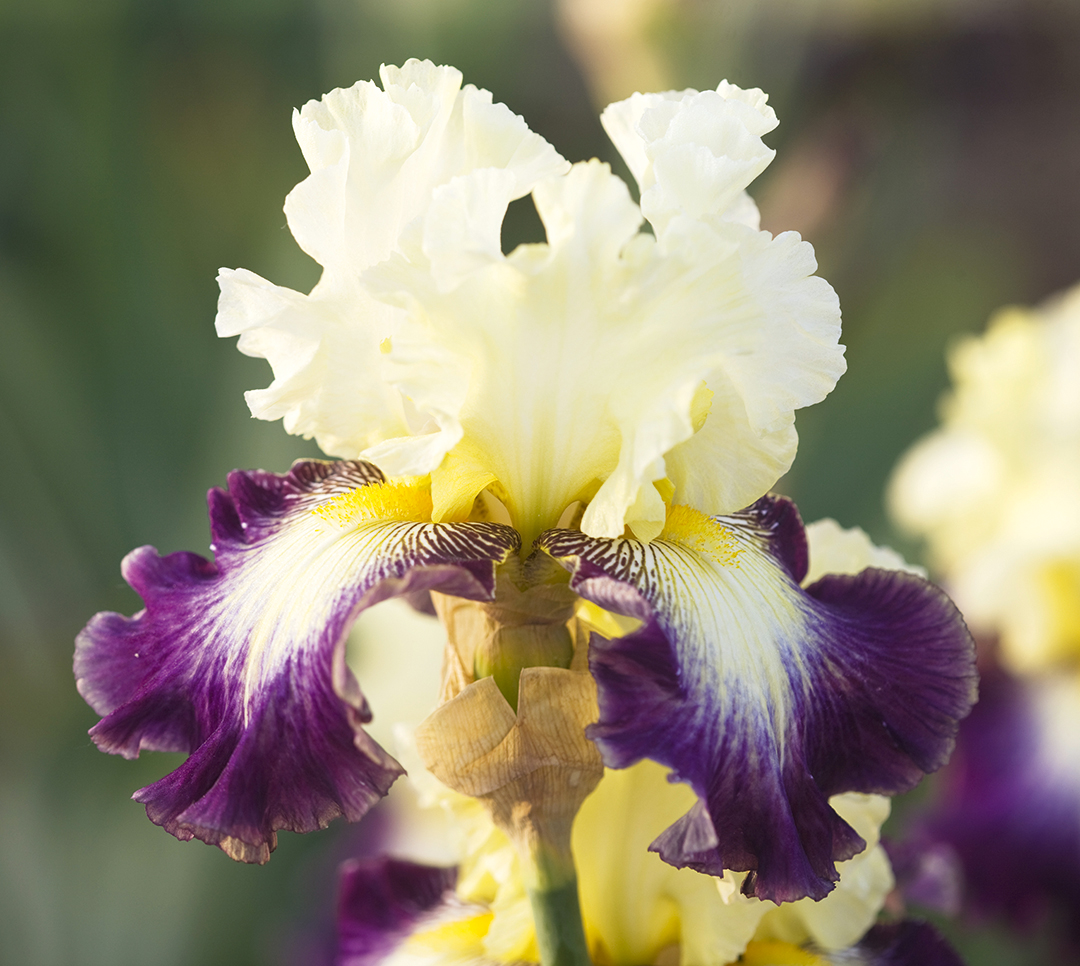
Now is the time to divide and replant most bearded irises. One early morning soon, before the heat of the day, I will be digging up clumps to tear away the dead leaves, cut back by two-thirds the healthy ones and break apart the woody rhizomes, so that I have neat, clean young plants. I will replant with the rhizome proud of the soil level so that it can continue to be baked by whatever sunshine the autumn brings. An iris grower once advised me to ensure that the plant faced southwards so the foliage did not shade the rhizome. This makes sense, but, when I have remembered to follow the advice, there has been no discernible increase in flowering. Some irises, known as remontants, produce a few flowers in early autumn: these will get divided after their second flowering.
The next few weeks offer the best period to buy irises and specialist nurseries are selling rhizomes, which should be planted before the end of September. I have already ordered mine, restraining myself to only three: Iris ‘Cher and Cher Alike’ (those names again) has a scrunch of dark lilac standards that tops glossy purple falls; I. ‘Care to Dance’, an American newcomer available in Britain from Claire Austin, has contrasting white and maroon flowers with an unusual grey rim around the falls; I. ‘Boston Cream’, reputed to be very floriferous, has, as it name suggests, creamy white petals that are packed so tightly together that the standard and the falls seem to form a small globe. They are not even planted yet, but I am already excited about seeing them flowering next year alongside the rest of the family.
Exquisite houses, the beauty of Nature, and how to get the most from your life, straight to your inbox.
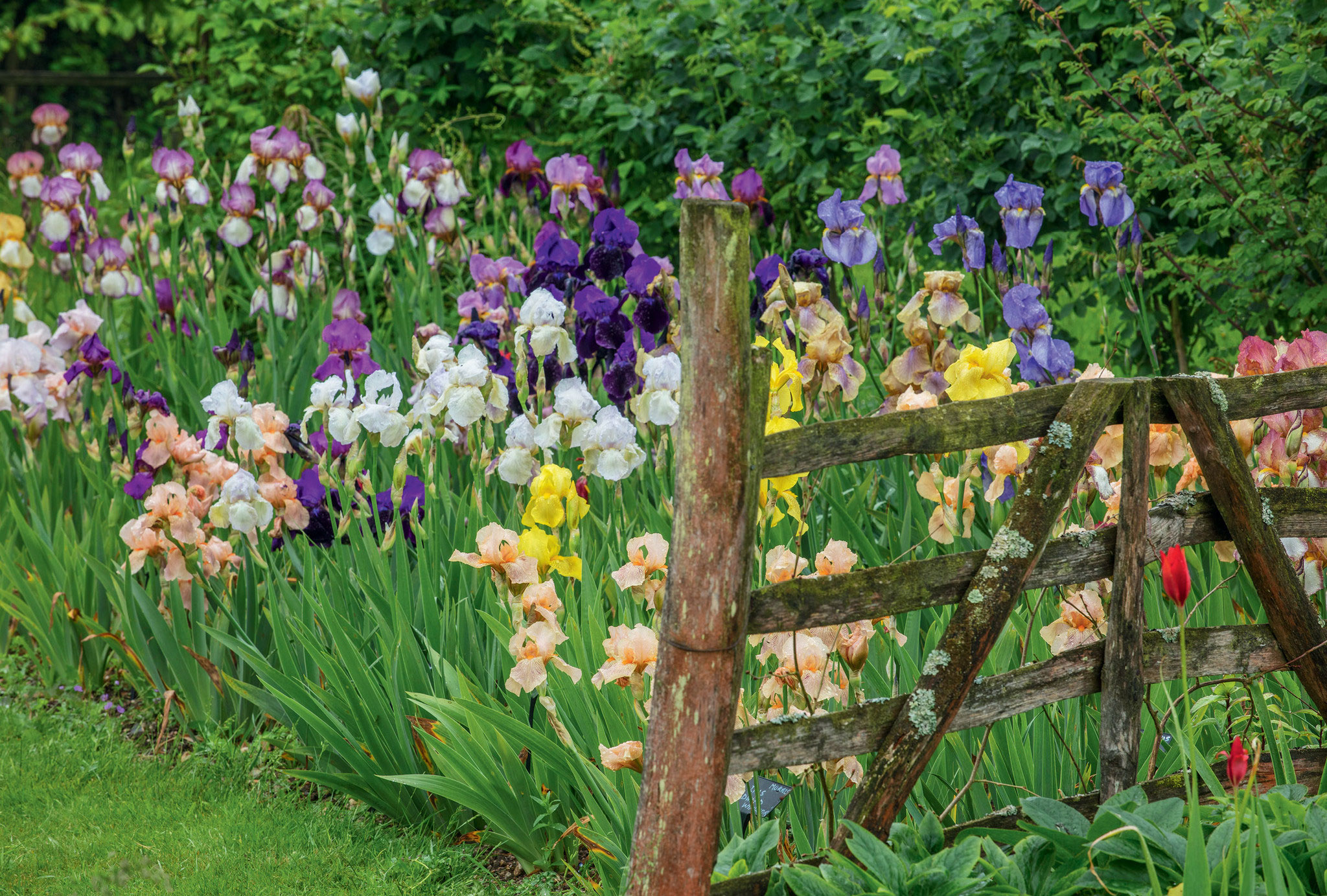
Why every garden needs an iris (and why there's an iris for every garden)
Charles Quest-Ritson on the irises to plant, the ones you'll never manage to grow in Britain, and the ones to
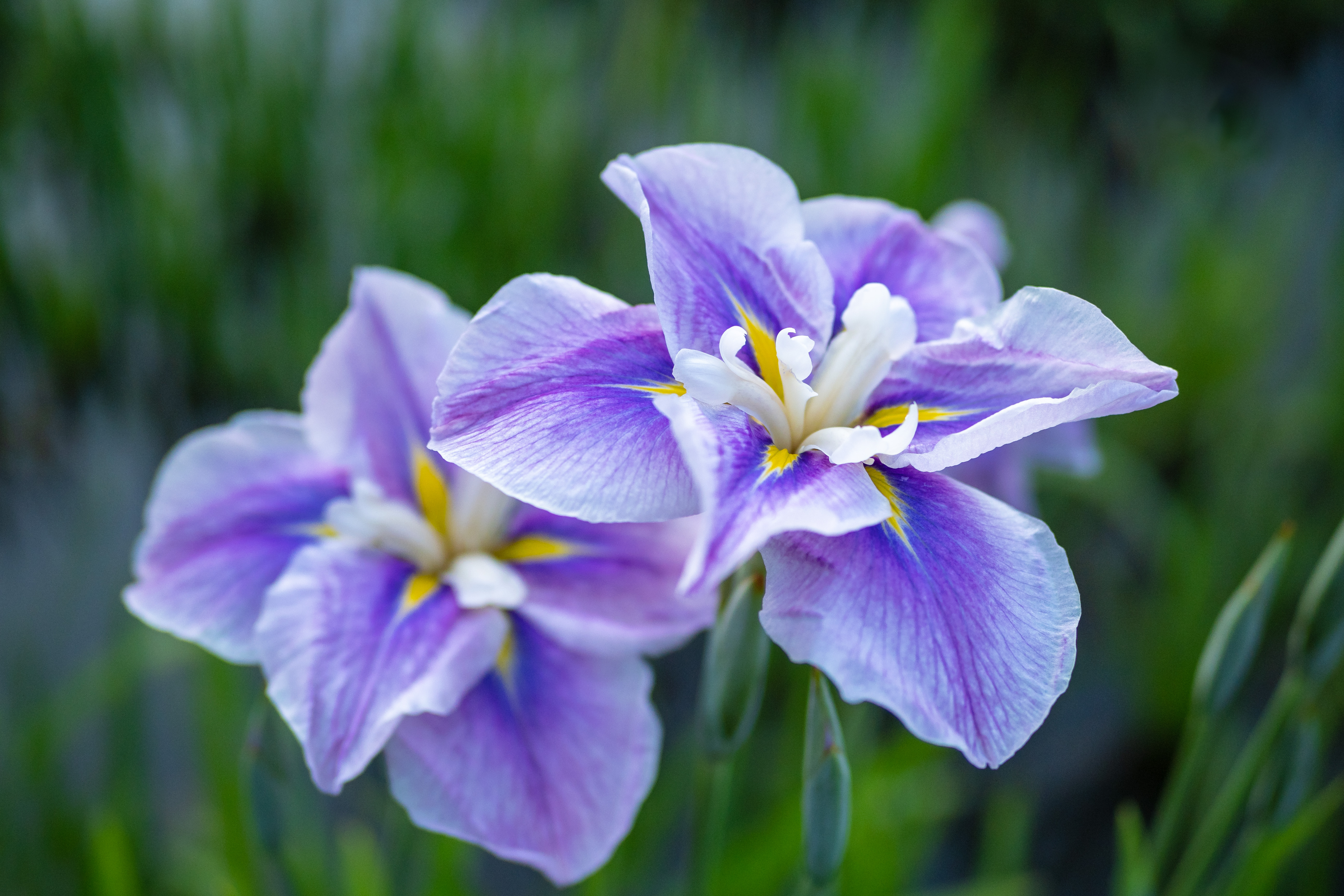
Mark Griffiths: The irises that are fit to be the apple of any gardener's eye
Mark Griffiths takes a look at the famed irises of Japan, and how their influence has been felt to Britain